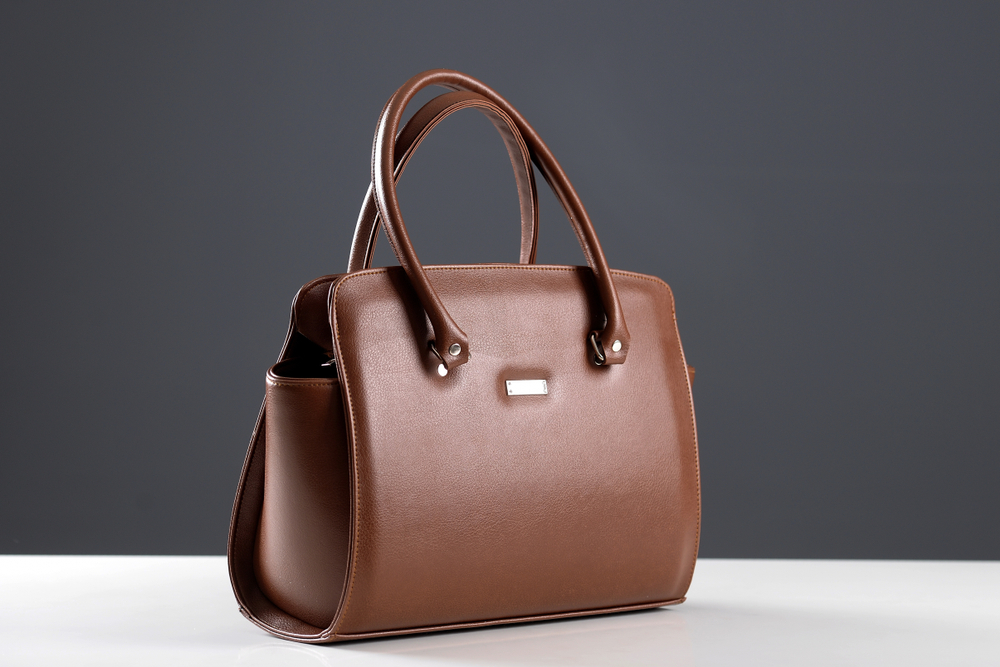Handbags: A Comprehensive Guide to Fashion's Favorite Accessory
Handbags have long been an essential element of fashion and functionality, serving as both a practical necessity and a statement piece. These versatile accessories come in a wide range of styles, materials, and sizes, catering to diverse needs and preferences. From everyday totes to elegant evening clutches, handbags play a crucial role in completing outfits and carrying personal items with style and convenience.

How have handbag styles evolved over time?
The evolution of handbag styles reflects changing fashion trends, societal norms, and technological advancements. In the early 20th century, small, beaded purses were popular for evening wear. As women entered the workforce, larger, more practical bags gained prominence. The 1950s saw the rise of structured handbags, while the 1960s and 1970s introduced more casual and bohemian styles. Today, handbag designs range from minimalist to ornate, with a focus on both form and function.
What are the most popular types of handbags?
Handbags come in numerous styles, each serving different purposes and occasions. Some of the most popular types include:
-
Tote bags: Large, open-top bags ideal for everyday use or shopping.
-
Crossbody bags: Featuring a long strap to wear across the body, offering hands-free convenience.
-
Clutches: Small, hand-held bags often used for formal events.
-
Shoulder bags: Medium-sized bags with a strap designed to be worn over the shoulder.
-
Satchels: Structured bags with a flat bottom and often a top handle and shoulder strap.
-
Backpack purses: Combining the style of a handbag with the practicality of a backpack.
How do materials affect handbag quality and durability?
The choice of material significantly impacts a handbag’s quality, durability, and overall appearance. Leather is prized for its longevity and ability to develop a unique patina over time. Canvas offers a lightweight, casual option, while nylon provides water resistance and easy maintenance. High-quality synthetic materials can mimic the look of leather while offering increased durability and lower cost. The construction methods, such as stitching quality and hardware durability, also play crucial roles in determining a handbag’s longevity.
What factors should be considered when choosing a handbag?
When selecting a handbag, several factors come into play:
-
Purpose: Consider where and how you’ll use the bag (work, casual outings, special events).
-
Size: Ensure the bag can accommodate your essentials comfortably.
-
Style: Choose a design that complements your personal aesthetic and wardrobe.
-
Comfort: Pay attention to strap length, weight, and ergonomics for daily use.
-
Quality: Assess the materials, construction, and brand reputation for durability.
-
Versatility: Opt for bags that can transition between different occasions and outfits.
How do handbags contribute to personal style and fashion?
Handbags are more than just functional accessories; they are powerful fashion statements that can elevate an outfit and express personal style. A well-chosen handbag can serve as a focal point, add a pop of color, or complement an ensemble’s overall aesthetic. Fashion enthusiasts often view handbags as collectible items, with certain designer bags becoming status symbols or investment pieces. The ability of handbags to instantly transform a look makes them a crucial element in fashion styling and personal expression.
In conclusion, handbags remain an integral part of fashion and daily life, offering both practicality and style. From their historical evolution to the diverse range of styles available today, handbags continue to adapt to changing needs and preferences. Whether chosen for functionality, fashion, or a combination of both, the right handbag can be a cherished accessory that enhances one’s personal style and meets practical needs with flair.






